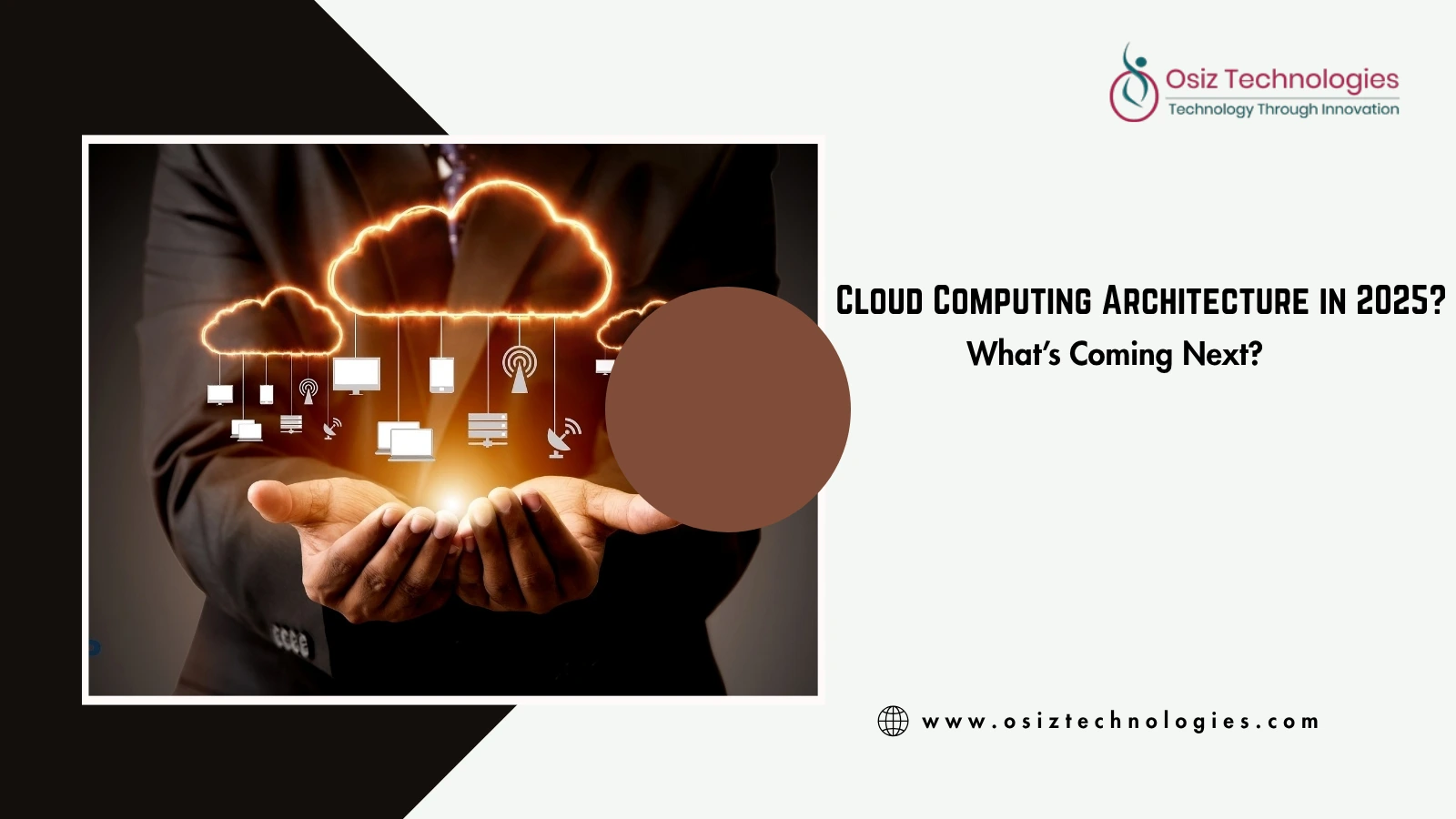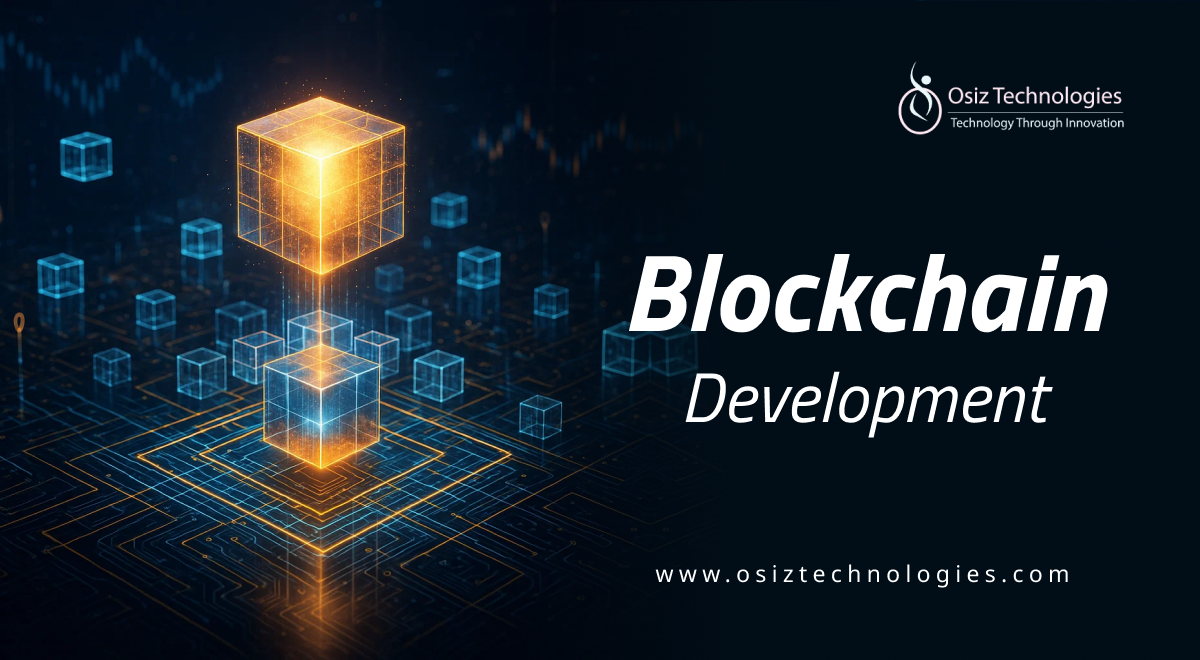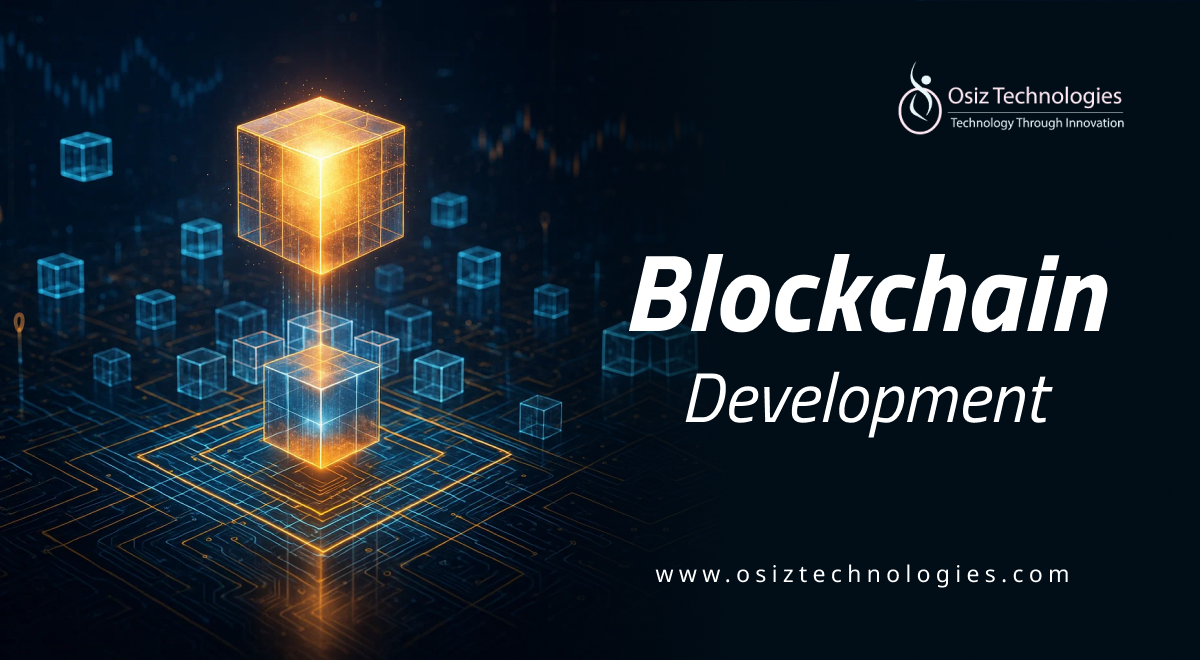Cloud Computing
Cloud computing means getting computer services like saving files, sorting data, linking systems, using apps, and working with big data through the web and not on your own computer.
This lets you tap into strong tech from far away whenever you want, without buying costly machines or dealing with hard tech setups on your own.
Cloud computing helps companies and people grow or cut down as they need, pay just for what they use, work better together, and keep their information safe, all while saving money and cutting down on upkeep costs.
Cloud Computing Architecture
- Cloud computing design is about how parts like servers, storage, databases, networks, and software link up and are set up to give computing help over the internet.
- It's a setup that checks all works well, fast, and safe, letting users reach and use things from far, any time they want, without having to handle the base gear or tech bits.
- In short, cloud computing design is what lets the service be flexible, can grow, and be trustworthy for both firms and people.
Cloud Computing Architecture In 2025
In 2025, cloud computing set-up shows how online services are built, linked, and given, no need to handle real machines. This set-up lets firms and people use strong computing tools from far away, as needed, with flexible costs.
At its heart, it has a front-end (like a web or app) to get to services, a back-end with fast servers, storage, data spots, and tech for making things look like they are not there but are, strong safety and gates to keep info safe, and tools to manage and change how much work is done.
The rising use of edge computing, multi-cloud, and mixed setups is changing this setup, moving computing tools nearer to where the data starts, adding more strength and the ability to shift.
Also, new steps in AI and learning by machines, with tighter rules and cyber safety, let firms handle more work safely and well. All these parts make the cloud computing set-up in 2025 a strong base for making new things, cutting down hard work in operations, and helping firms shift faster to meet new business needs.
The Core Layers of Cloud Architectural Design
- Application Layer
The top layer of the cloud is where you see everything, where people plug in and use services. It has web apps, big company tools, team tools, and more platforms that help daily work. This layer is made to be easy to use, change, and update, so businesses can quickly meet new needs. All together, it becomes the base for giving value straight to users and other important people.
- Platform and Container Layer
Platform and container parts help coders put up and take care of their apps well in the cloud. This part has tech like Kubernetes, Docker, and Platform-as-a-Service (PaaS) tools that help with growth and order. It lets companies make, put up, and change tasks faster and save money, all without dealing with tough server bits. In short, this makes a strong base for giving out services that can expand with your company.
- Storage, Database, and Network Layer
The parts for storage, database, and network build the base for keeping data and sending it out safe and fast. They include quick storage fixes, databases that link stuff and ones that don't, and advanced network parts that move data quick. These parts keep your info easy to get, safe, and well-linked among many places and services.
2025 Architectural Trends Need to Watch
- Multi-Cloud and Hybrid Cloud Solutions
Multi-cloud and hybrid cloud choices are now what most use in 2025, giving firms more ways to bend and hold sway. This way, firms can pick and mix help from many places along with their own data spots. It makes things run well, lowers costs, and cuts ties to just one area or seller. In the end, this way lets groups make a strong and able IT mix that grows as they do.
- Edge-native Architectural Patterns
Edge-close build forms make it so data gets worked on near where it comes from — like a sensor, phone, or plant floor. This drops wait times, makes things run better, and lets firms act quick with clear data facts. It's really good for IoT setups, live games, and fast money moves. Edge-close design makes sure power goes right to where it's most needed.
- Rising Role of Artificial Intelligence and Machine Learning
AI and machine learning are now big in making clouds better and safer in 2025. AI helps firms run things on their own, use stuff well, and fix odd things fast. Machine learning lets cloud spots learn from how they're used and shift as needs change right then. With both, we get more sure, bendy, and money-wise ways to use computers for what's next.
Building Safe and Strong Systems
- Implementing Zero-Trust Security
Zero-trust safety means you never just trust any tool, person, or program, not even in your own network. All access must be checked, proved, and okay before it gets a green light. This way, it cuts down a lot on the chance of breaks and insider risks in cloud areas. By 2025, it will be a main rule in how cloud safety is made.
- Security-by-Design Philosophy
Safety from the start means putting safety into cloud parts from the very start, not just adding it later. Every part is made with safety in mind, from the lines of code to the whole setup. This stops weak spots and makes following rules much easier. It's now a must for safe, able-to-grow cloud builds.
- Continuous Security Validation
Always checking on safety means always testing, watching, and making your cloud safety better. This has things like auto-threat finding, often trying to break through tests, and watch-all-the-time tools. By always checking on safety, firms find weak spots soon and deal with threats faster. It makes sure cloud areas stay safe as they get bigger and change.
Scalability, Agility, and Performance
- Container Orchestration with Kubernetes
Kubernetes is now key in setting up systems to handle many tasks. It helps set up, grow, shrink, and take care of tasks that are bundled into system boxes. This lets firms move fast and stay sharp, no matter how tricky their cloud jobs get. By 2025, Kubernetes will be a must for apps born in the cloud.
- Implementing Auto-Scaling and Load Balancing
Auto-growth lets your cloud set-up get big or small by itself when needed, no need for hands-on work. Even load spread makes sure that work is shared out well across servers for top work and safe keeping. Together, these help cut costs, move quicker, and make users happy. Come 2025, such tools are key to making strong, fast cloud spots.
- Resilience Through Redundancy
Being up through doubles means keeping spare system bits and extra help ready for use if things go down. This might mean extra servers, data banks, or network ways placed in various spots. It aims to keep services on, even if gear breaks or there are web attacks. Today, in cloud builds, having doubles is vital to meet the needs of always being up.
Making Your Cloud Architectural Choices Future-proof
As technology changes, your cloud setup must be easy to change, upgrade, and get ready for new stuff. To keep your choices ready for the future, build with the thought of growth, tough times, and quick changes, making sure your system can expand with your work.
This means picking parts and services that are simple to mix, change, or swap without big problems. Using newer ways like tiny services, putting software in containers, setting up automation, and using many cloud types helps keep your setup flexible and saves money for a long time. Thinking ahead allows you to move quickly when markets, new ideas, or what people want change, building a strong, lasting setup for your wor
Listen To The Article
Recent Blogs

Black Friday 30%
Offer











